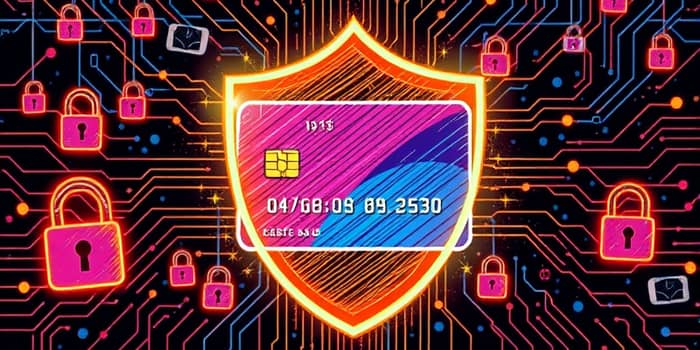
In an age of digital commerce and contactless payments, protecting your credit card information has never been more critical. Fraudsters deploy ever more sophisticated tactics to exploit vulnerabilities, but with awareness and practical habits, you can fortify your finances.
Global credit card fraud losses are climbing at an alarming rate, and the burden often falls heavily on unsuspecting consumers. By understanding the latest trends, recognizing warning signs, and adopting proven security measures, you can stay ahead of threats and minimize your risk.
Credit card fraud is growing at an unprecedented pace. Projections estimate that global losses due to credit card fraud will reach $43 billion by 2026, up from $32.4 billion in 2021 and just $9.84 billion in 2011. This global financial losses have skyrocketed over fifteen years tells a stark story of evolving criminal techniques and expanding digital transactions.
In the United States alone, fraud losses are expected to hit $12.5 billion in 2025, accounting for nearly half of worldwide losses. E-commerce fraud has surged by 140% over the past three years, driven by the convenience of online shopping and card-not-present transactions.
This data underscores why every cardholder must engage in continuous vigilance and prompt action to detect and prevent unauthorized charges.
Fraudsters leverage a variety of methods to compromise your card data. While physical theft and skimming still occur, most fraud stems from data breaches and online exploits. Understanding these tactics equips you to recognize and avoid them.
Building a solid defense against fraud requires adopting practical and consistent habits. By incorporating a few simple routines into your daily life, you significantly reduce your vulnerability.
Even with the best precautions, no system is infallible. Acting swiftly when you detect suspicious activity is essential to limit potential damage and financial liability.
Credit card issuers currently absorb over 65% of fraud losses, but consumers and merchants also share responsibility. While financial institutions implement advanced fraud detection algorithms and security protocols, your habits and vigilance form an equally vital layer of defense.
Educate yourself on emerging threats, such as deepfake scams and AI-driven phishing attempts. Advocate for stronger consumer protections, like improved authentication standards, and support merchants who adopt end-to-end encryption and tokenization.
When institutions and individuals collaborate, we create a layered security measures protect consumers best environment that deters fraudsters and safeguards financial health.
Credit card fraud presents a formidable challenge, but it is not insurmountable. By staying informed about evolving tactics, practicing diligent account monitoring, and embracing multi-layered security strategies, you can significantly reduce your risk of becoming a victim.
Remember that vigilance is your most powerful defense. Regularly review statements, enable alerts, and ensure your devices and passwords remain secure. In the fight against fraud, every proactive step you take strengthens your financial resilience and peace of mind.
References













